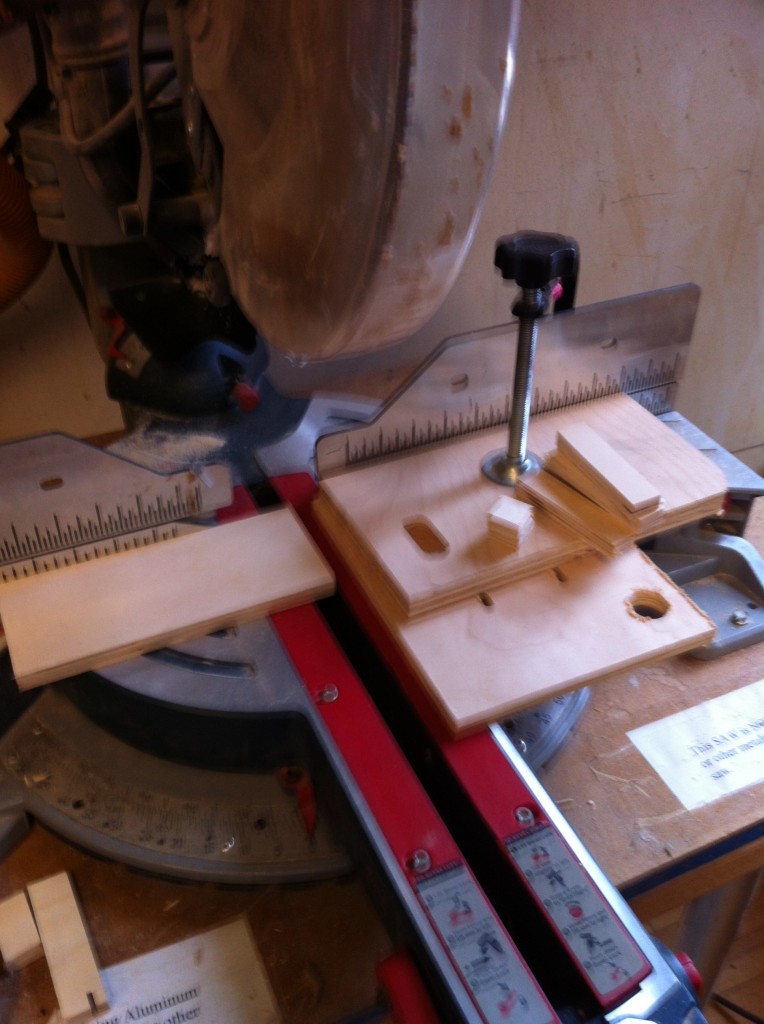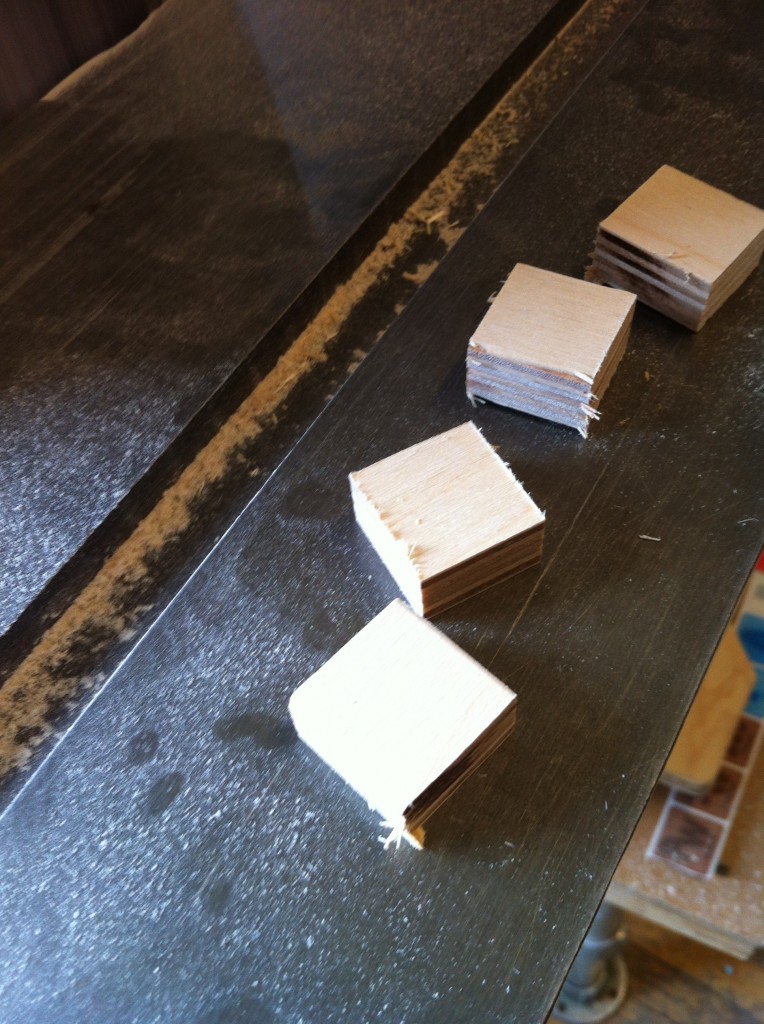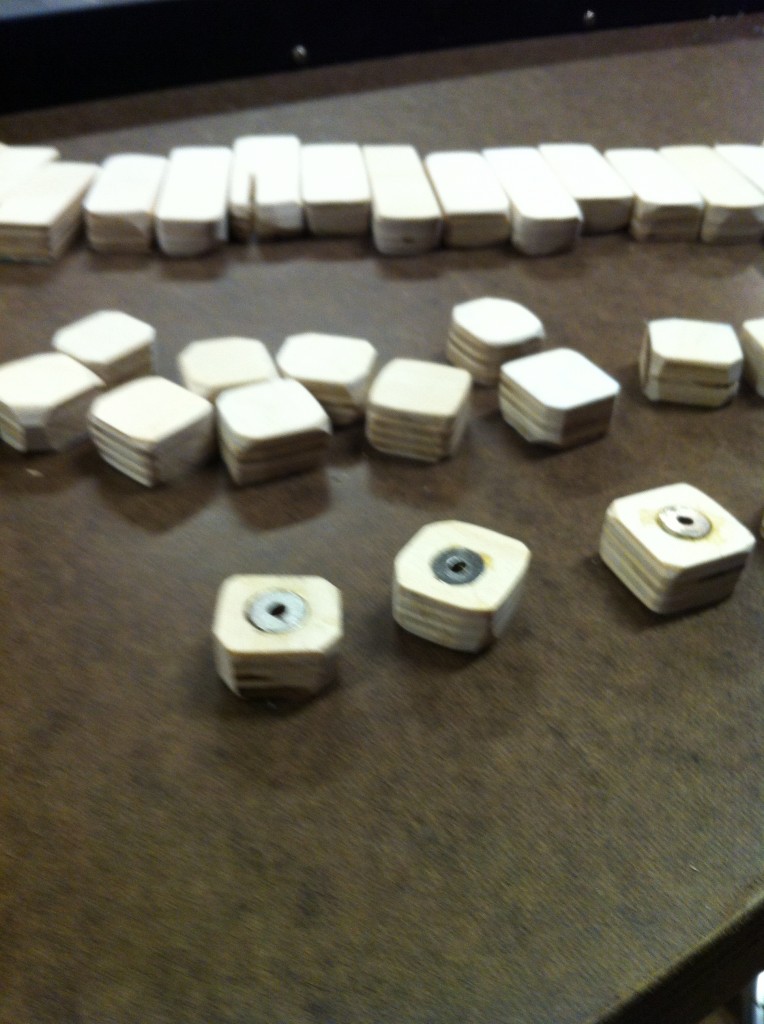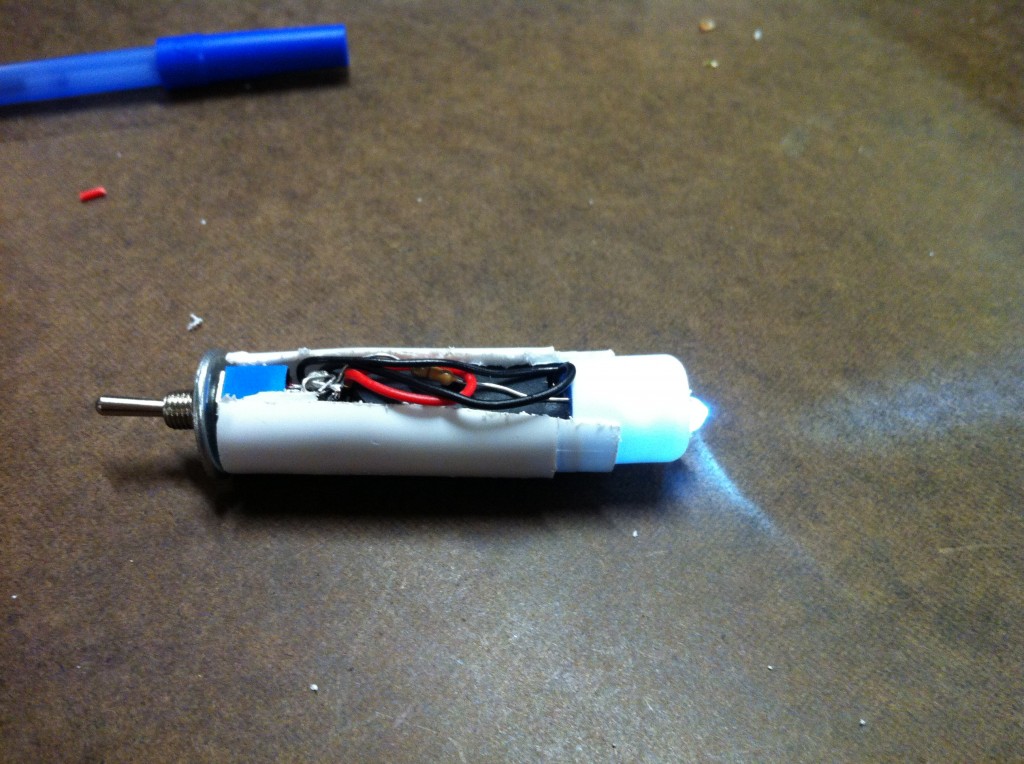Loading
I made a thumb piano / kalimba / mbira / sanza / likembe / lamellaphone / out of tines from a sprung steel rake. It was very difficult to find a rake, since most people don’t have anything to rake here in NYC. I tried Home Depot, Ace Hardware, a few small hardware/home/garden shops and finally found one at Garber’s Hardware. I took a 20 minute walk with rake in hand. Along the way, I picked up a bike spoke which would come in handy later. I knew because I was following some good directions.
I hacksawed off some tines, and they were very difficult to remove. I had to strip the paint off to slide them through…
I picked up this electrical grounding bar with set screws that could be used to secure the tines and easily adjust their tuning. I used the metal saw to chop off the terminals I wouldn’t use (it had 21). Unfortunately it only has two spaces for screws that can fasted it to the base (a block of oak wood, in this case). And those two spaces are on the far left side, leaving the spaces on the far right slightly unsecured and buzzy. I’d like to do something about this eventually. But anyway…
The bike spoke sits in the bridge and the vibrations of tine against this metal spoke help enhance the vibrations.
I borrowed some glue to secure the bike spoke after filing space for the bike spoke to sit.
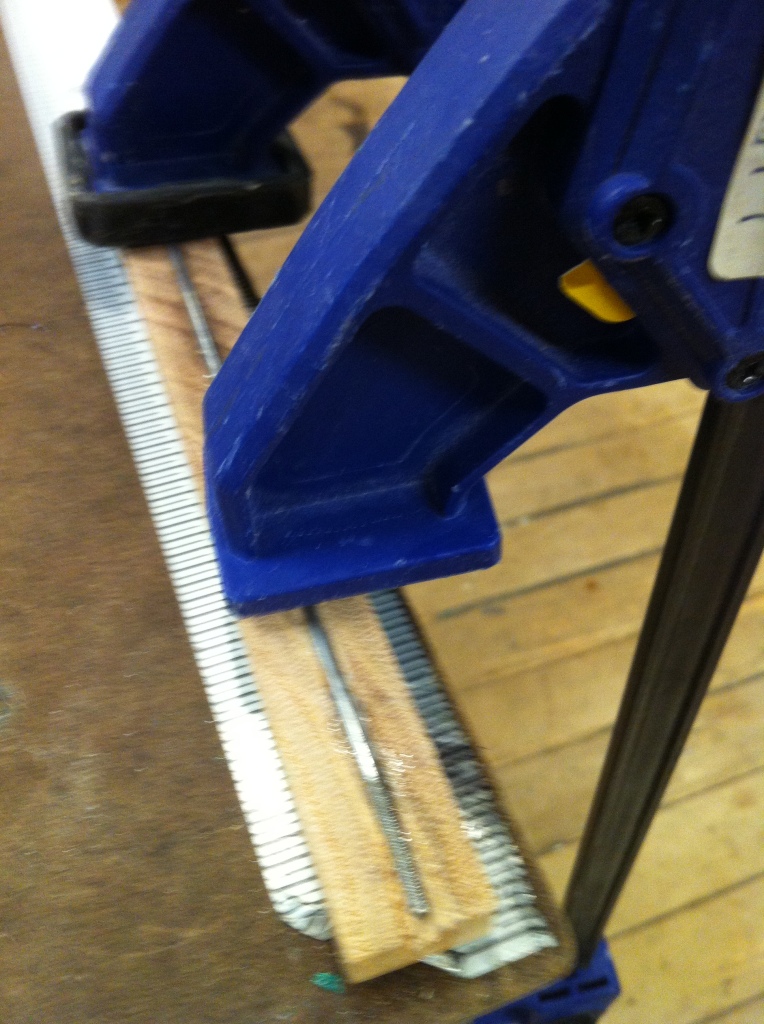 I experimented with placement of two blocks of wood on either side of the set screw terminal, using a tine to try to determine where I could get the best tension…
I experimented with placement of two blocks of wood on either side of the set screw terminal, using a tine to try to determine where I could get the best tension…
I secured the wooden pieces with self-drilling screws and they are so thin (and 1/4″) that one of them snapped because of the tension. But it’s ok for now…and here’s where I’m at so far! I haven’t really tried to tune it yet just messing around with tones/overtones that sound interesting…
Inspiration:
Instructables Set Screw Lamellaphone
Bart Hopkin’s book Musical Instrument Design
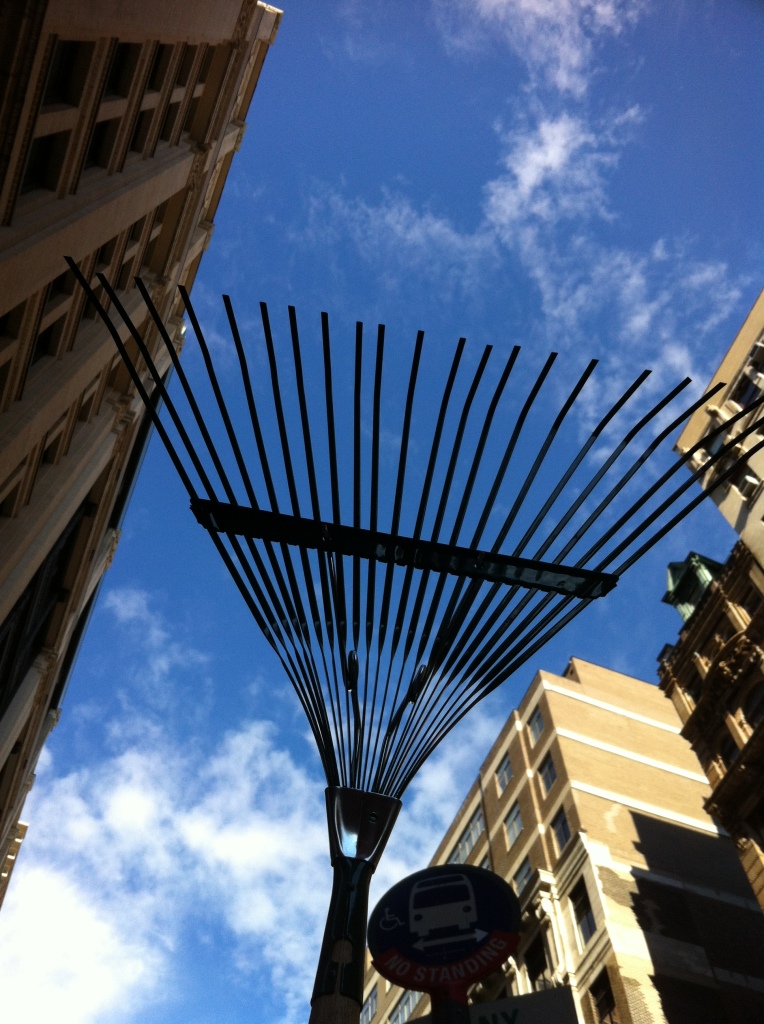
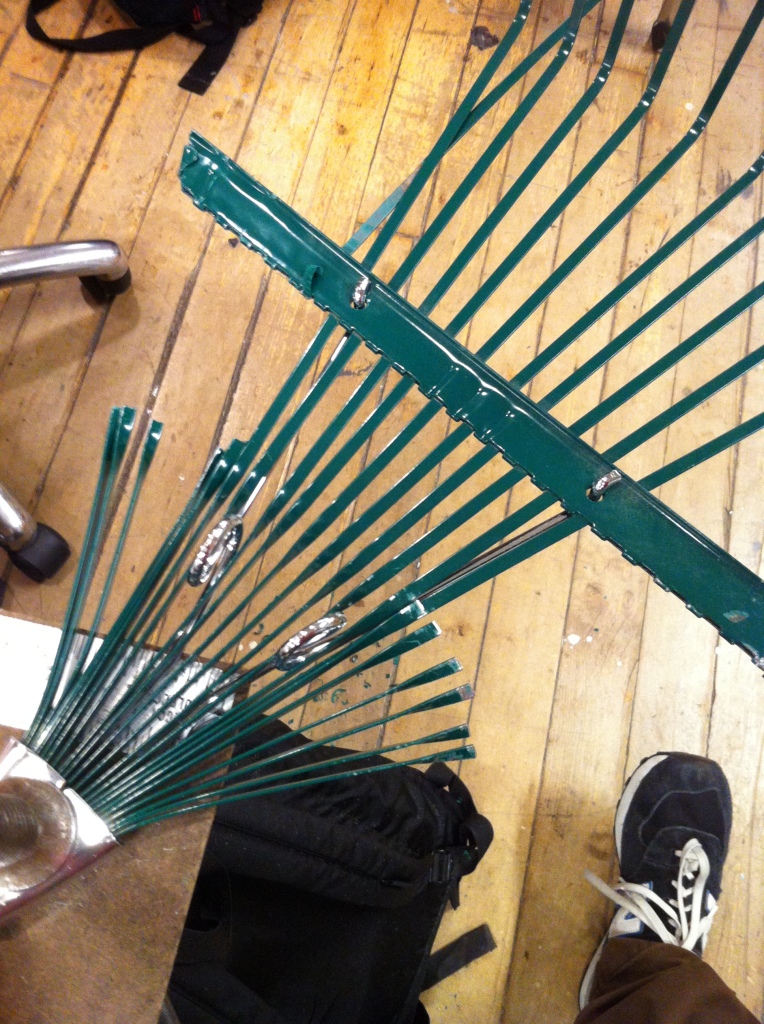
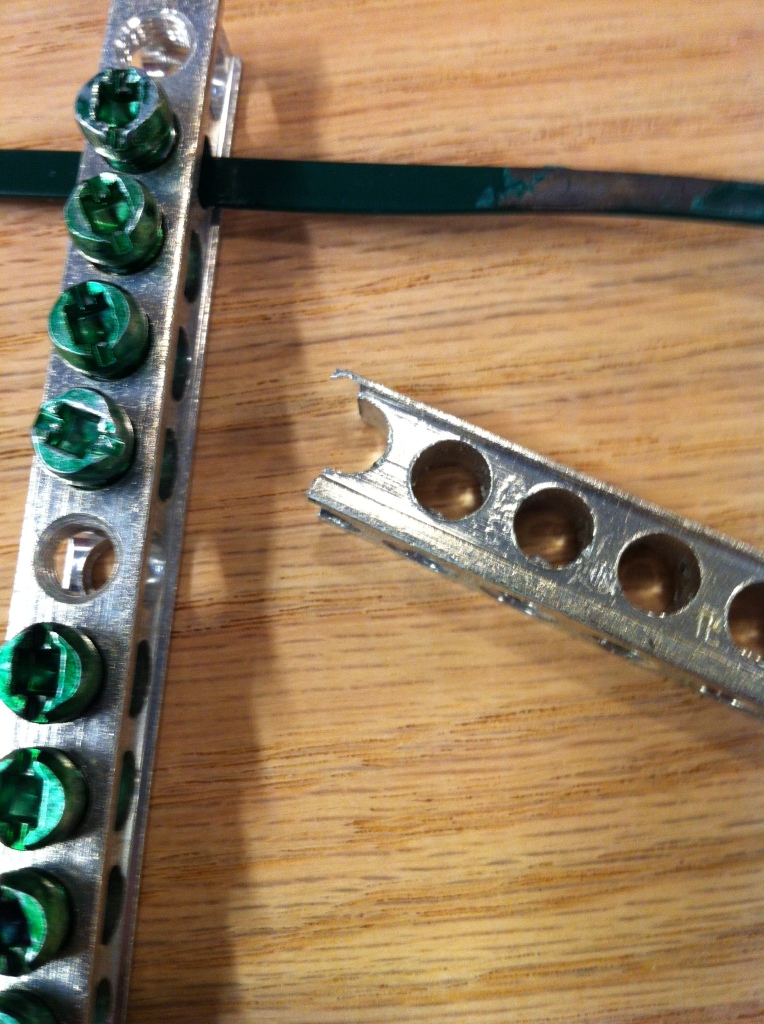
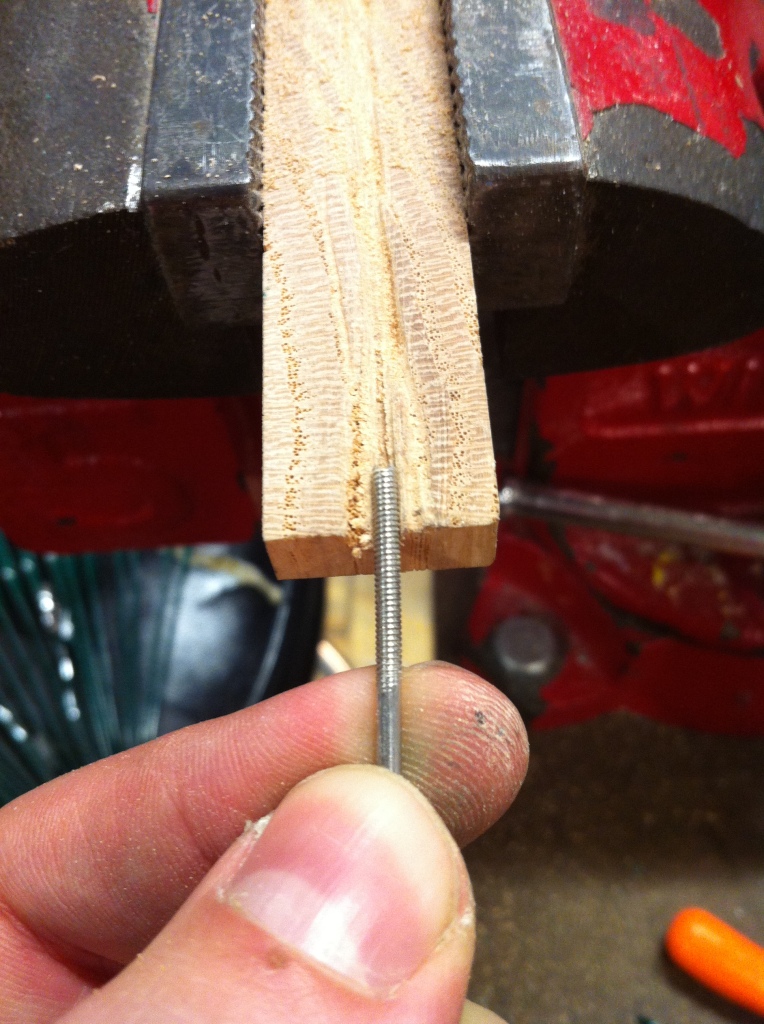
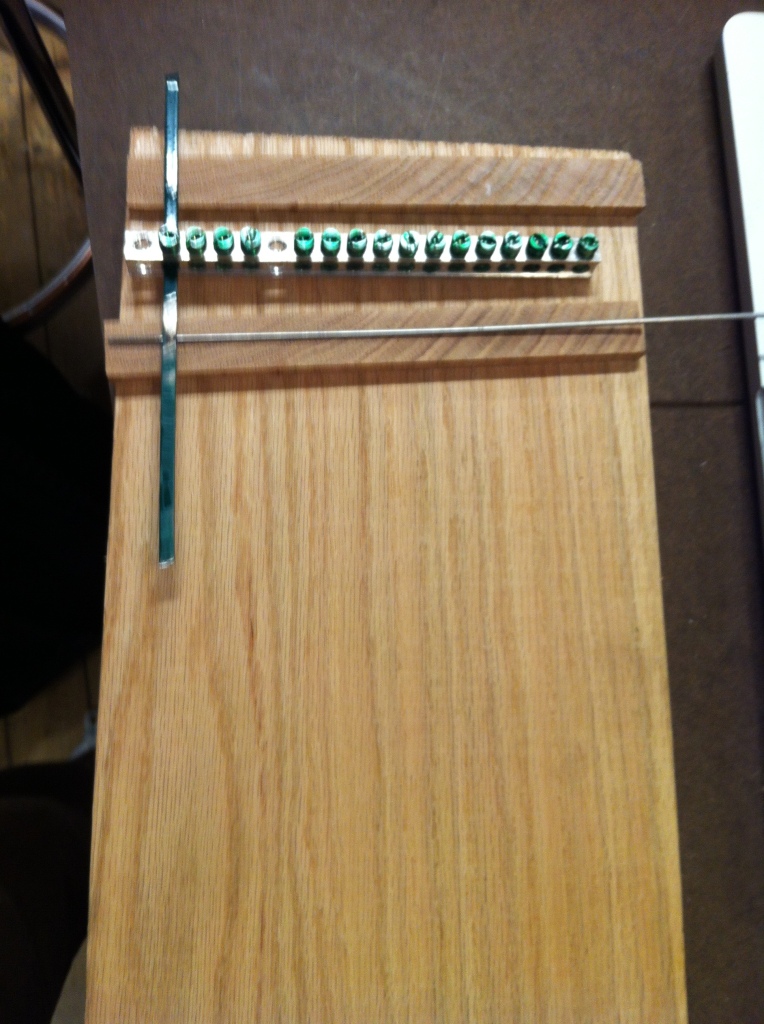
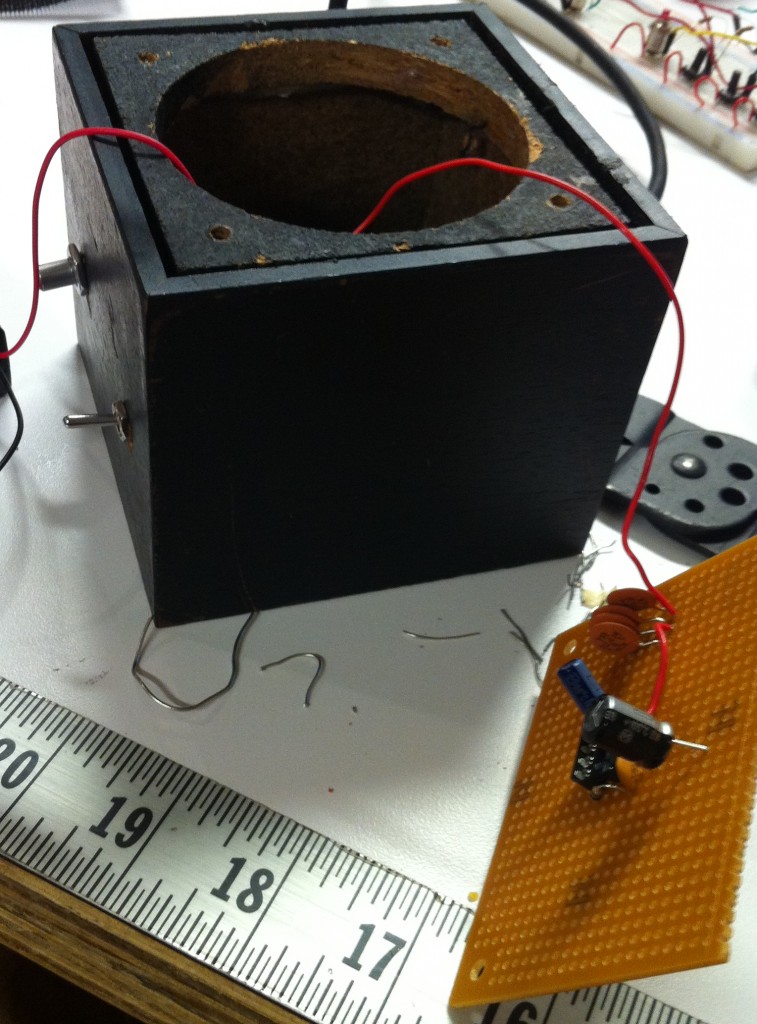
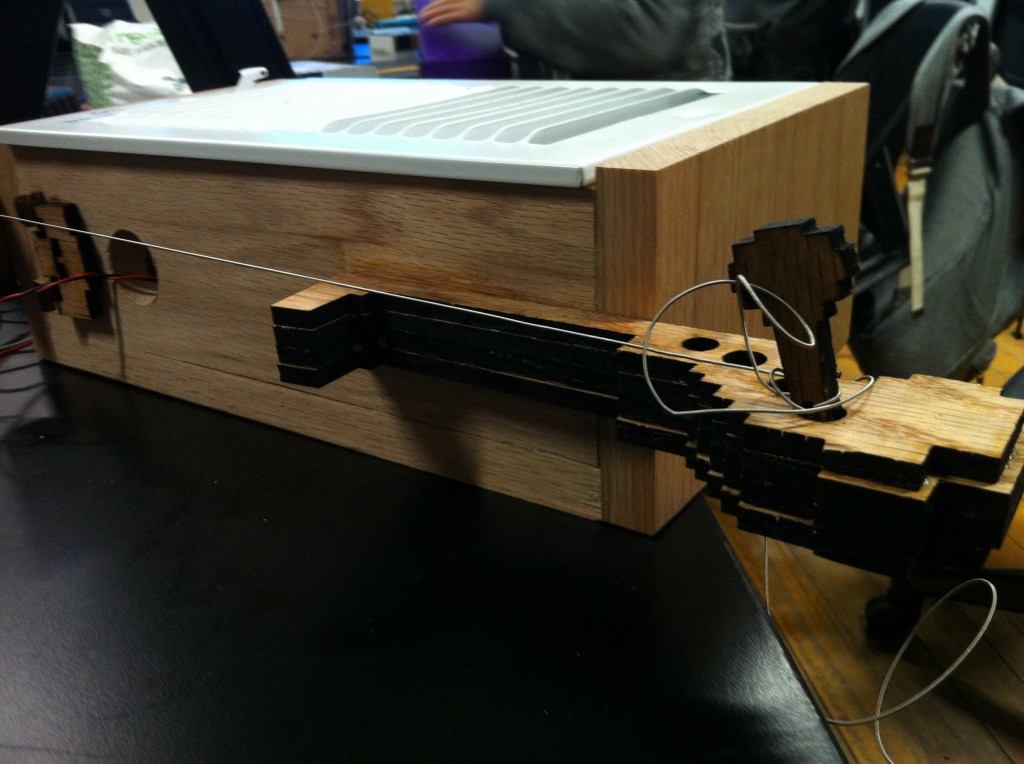 Heating grates sound great. I used to sit by them as a kid and strum metallic chords while basking in their warmth. It’s like campfire music.
Heating grates sound great. I used to sit by them as a kid and strum metallic chords while basking in their warmth. It’s like campfire music.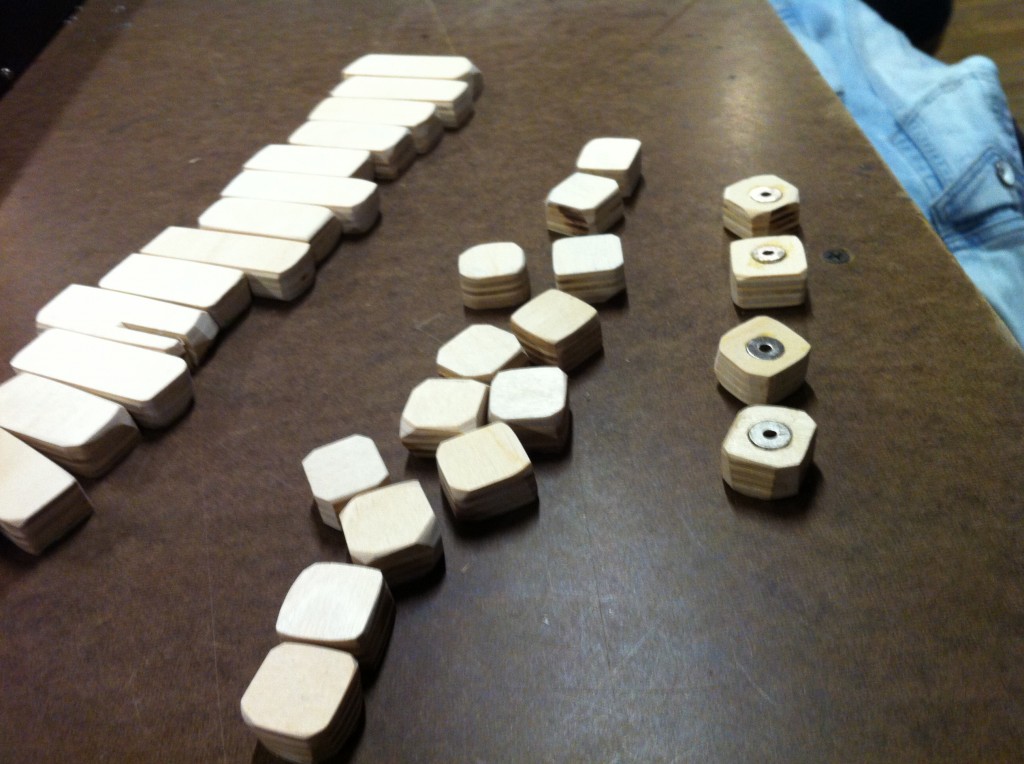
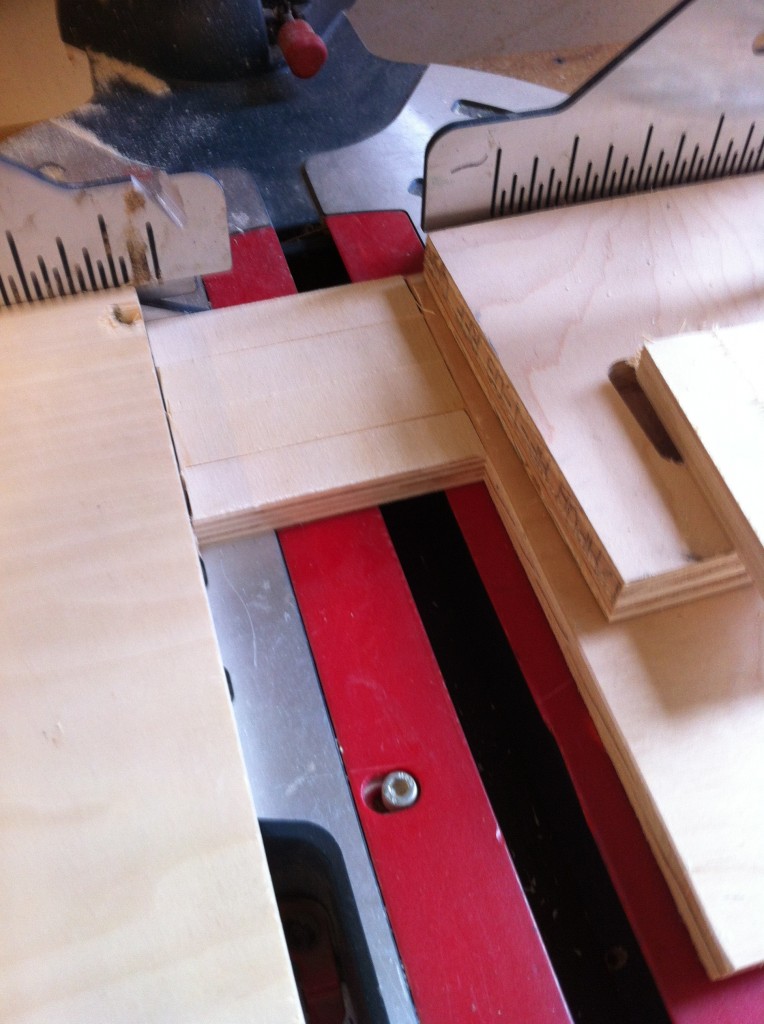 So I steadied the piece with my hand rather than trying to sandwich it.
So I steadied the piece with my hand rather than trying to sandwich it.